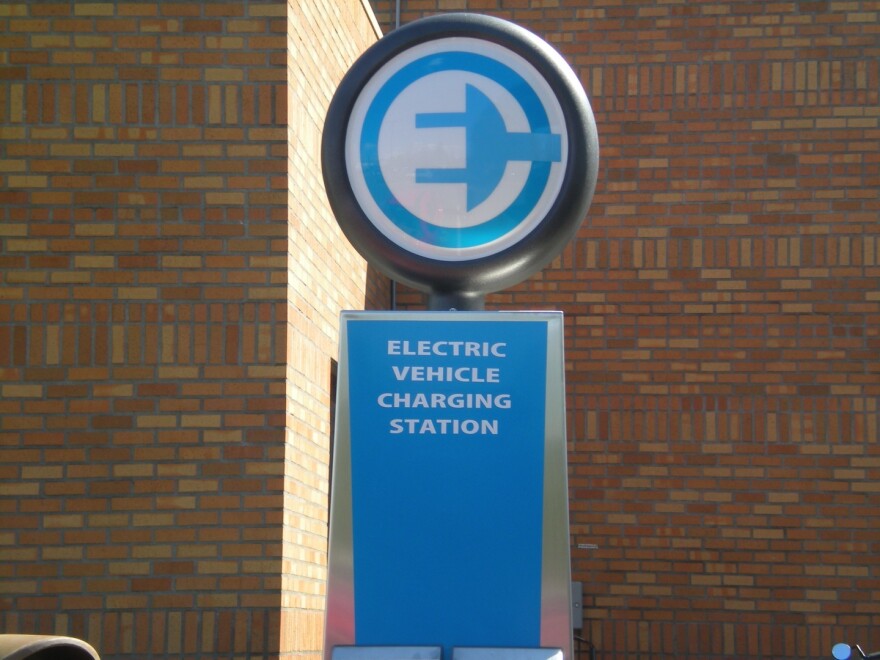An eight state bicoastal alliance released an action plan today with the goal to have 3.3 million zero emission cars on the road by 2025.
New York, Vermont, Massachusetts, Connecticut, California, Maryland, Oregon and Rhode Island signed an agreement in October of 2013 to reduce greenhouse gas and smog-causing emissions by changing the transportation sector within 11 years. The Multi-state ZEV Action Plan released Thursday will develop policies, standards, infrastructure and sales of zero emission vehicles in the eight participating states. It includes 11 key actions including increasing the consumer market, providing consistent standards, enhancing incentives, and removing barriers to retail sales of the vehicles.
Vermont Agency of Natural Resources Secretary Deb Markowitz says the plan outlines key inter- and intrastate actions to build robust ZEV markets in the states. “It reflects our recognition in the state that it’s important to our public policy. It’s important to our local economies. And it’s important if we’re going to meet our greenhouse gas reduction goals. Accelerating the ZEV market is going to enhance energy diversity. It’s going to save consumers money. And it will promote economic growth in our states."
The plan highlights the removal of barriers to charging and fueling station installations. It also promotes access and compatibility of the plug-in charging network. NYS Department of Environmental Conservation Assistant Commissioner Air Resources, Climate Change and Energy Jared Snyder says the states are already coordinating efforts. “This action plan commits all the states to support the roll out of charging infrastructure. In New York, the governor’s Charge NY program commits to have a statewide infrastructure of 3,000 public charging stations within five years. That build out is taking place.”
“This Rob Klee, the Commissioner from Connecticut Department of Energy and Environmental Protection. Connecticut has built out our network of charging stations to where we’re at about 90% coverage of the entire state. So you’ll be no more than 20 minutes or 20 miles from a charging station. That has been a key part of our governor’s comprehensive energy strategy is to make the range anxiety not an issue here in Connecticut.”
“This is Christine Kirby from Massachusetts (Department of Environmental Protection). We have invested quite a bit of money in charging stations as well. One key component of the action plan is to make sure that we’re coordinating on DC fast charging with our neighbor states so that we will have a seamless transition from one state to another.”
California Environmental Protection Agency Air Resources Board Chair Mary Nichols says the plan represents a change in the fuel infrastructure and the action plan outlines measures to overcome challenges. “We’re competing with a one hundred year old infrastructure that people are used to when it comes to putting gasoline in a vehicle. So making the charging experience as easy and simple is the task.”
Zero Emission Vehicles are plug-in hybrids, battery electric and hydrogen-powered fuel cell electric vehicles. As of April, nearly 200,000 had been sold nationwide.



